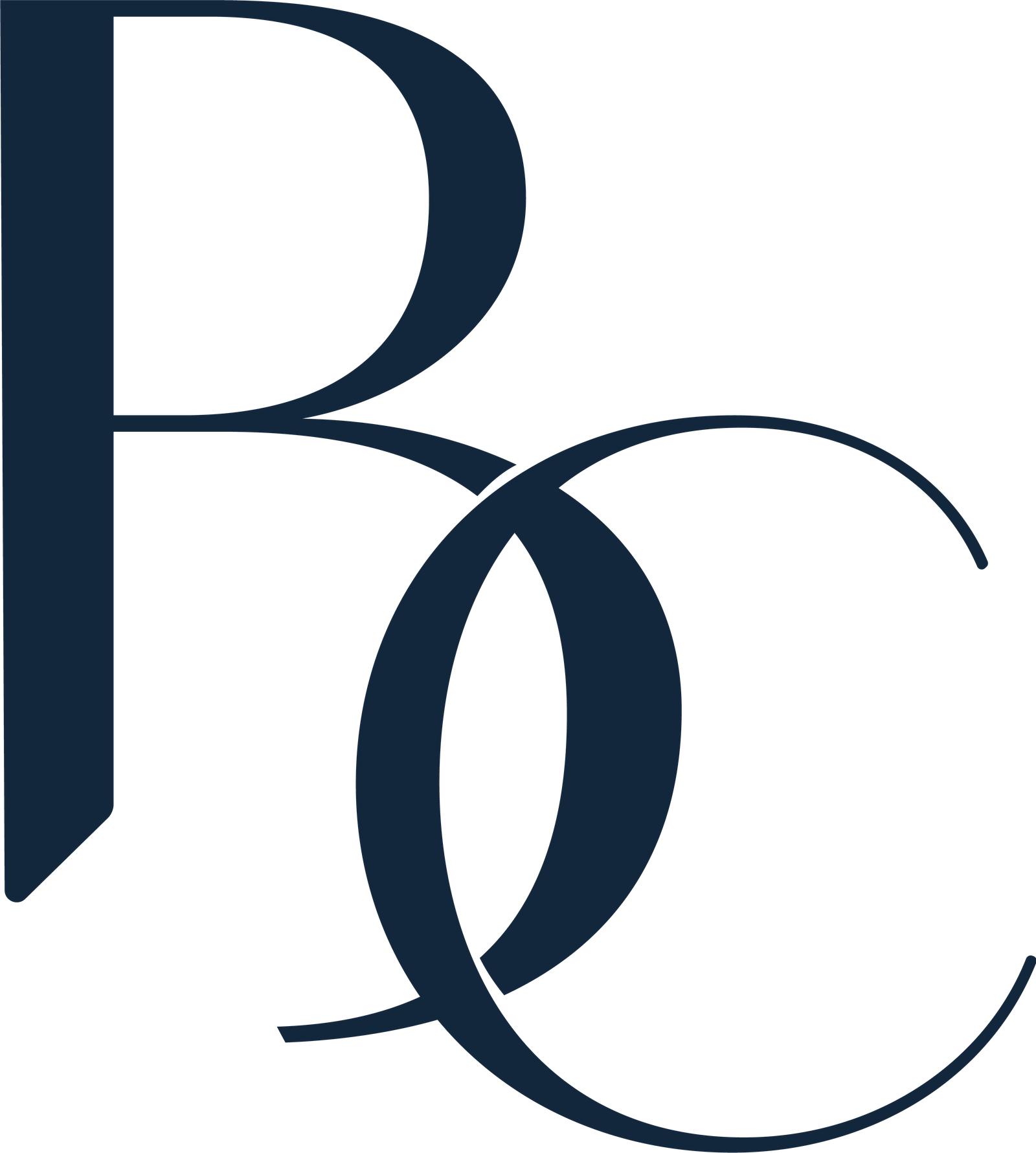
What is Botox?
Botulinum toxin, better known as Botox, has been utilized for medicinal purposes since the late 1970s. It is derived from the bacterium Clostridium botulinum. Dr. Alan Scott, often referred to as the “Father of Botox;”, initially employed it as an eye impairment treatment, which proved highly successful. Dr. Scott observed an additional benefit as fine lines around his patients’ eyes appeared smoother following treatment. In 1989, the FDA approved Dr. Scott’s drug for therapeutic use in eye treatments. Subsequently, he sold the rights to Allergan in 1991, which rebranded the drug as Botox® a year later.
Throughout the 1990s, Botox® gained recognition as a remarkable treatment for helping individuals maintain a more youthful appearance. In 2002, the FDA approved the drug for cosmetic use, specifically to treat frown lines, crow’s feet, and forehead lines.
Since then, three other FDA-approved subclasses of botulinum toxin medication have entered the market for cosmetic purposes. Dysport® was introduced in 2009, followed by Xeomin® in 2010 and Jeuveau® in 2019. While these formulations vary slightly, they are all effective in blocking neurological signals, providing temporary relief from lines and wrinkles.
How Do Neuro Injections Work?
Years of squinting, smiling, and frowning can lead to deep wrinkles between the eyebrows, at the corners of the eyes, and across the forehead, often causing individuals to look older than their actual age. As people age, fat and collagen in the face can diminish, resulting in sagging around the nose and mouth, as well as thinning of the lips.
To combat these signs of aging, patients can receive small injections with an ultra-fine needle in the desired area. After the medication is injected, the neurotoxin blocks the receptor, inhibiting muscle contraction. This action helps eliminate the appearance of fine lines and wrinkles, giving the skin a smoother, more youthful look. Over the next 3 to 7 days, clients will notice a softening of wrinkles and lines in the treated areas. Optimal results can be expected between days 14 and 21. These final results can last from 3-4 months.
The effects of the treatment can last for 3-4 months. After a year of consistent treatment, individuals may find that they can go longer periods between treatments.
What Type of Botox Does Brichelle Use?
There are four different types of botulinum toxins on the market: Botox®, Dysport®, Xeomin®, and Jeuveau®. Brichelle uses Jeuveau®, which compared to its counterparts, is a highly purified form of botulinum toxin to enhance safety and efficacy. Jeuveau® uses the same active ingredient used in Botox® injections, but is noted for having a quicker onset and has been reported by clients to have a lighter affect after receiving treatment.
Frequently Asked Questions
Receiving injections is a simple and easy process that typically takes 10-20 minutes to complete. We begin by lightly cleansing the face. Once the face is dry, the areas to be treated are cleaned with an alcohol swab. A white eyeliner pencil is then used to mark the appropriate treatment areas to ensure precise injection. After marking, ultra-fine needles are used to inject the proper unit of medication into the muscle. Once all injections are complete, the treated areas are lightly cleaned with a fresh alcohol swab.
Many assume that injections are primarily used to treat fine lines and wrinkles. While this is often the case, injections can also be used preventatively for individuals looking to delay the signs of aging. There has been a recent increase in young adults, typically in their early 20s to 30s, seeking treatments as a preventive measure against age-related changes.
On average, clients will begin to notice changes in their treatment areas within three to five days. Optimal results are typically seen within 14-21 days.
Clients are advised not to be disappointed if they do not immediately notice results from their injections after treatment. Every client is unique, and individual factors can affect how quickly the medication becomes effective in the treated areas.
Absolutely! The industry is seeing a significant increase in popularity with men receiving treatments. Many attribute it to men wanting to achieve a more youthful and refreshed look, particularly in areas such as the forehead, between the eyebrows, and around the eyes.
Treatment areas typically last between 3-4 months. Over time, the body metabolizes the medicine, allowing muscle movement to gradually return to the face. Clients who diligently receive treatments every 3-4 months can expect the botulin to weaken the specific treated muscles over the year, potentially extending the time needed between treatments.
Injections are generally safe and carry low risk. Some common side effects may include:
- Swelling
- Redness
- Soreness
- Bruising
- Temporary facial weakness
- Flu-like symptoms (uncommon)
- Mild headache (uncommon)
These side effects can be exacerbated by certain medications taken daily or by not adhering to post-treatment recommendations.

